
What is MVP (Minimum Viable Product)? (Purpose + Steps + Benefits)
When Frank Robinson in 2001 had coined the minimum viable product term, who had thought it would become the ‘must-see’ concept for the mobile application development company, for the startups, and even for the organizations?
It is for the real now. Because, in the world of mobile applications, understanding what customers need from your product is highly important to survive in the market. And, this is exactly what a minimum viable product does to your business. The popularity of MVP affirms your simple version of a new idea regarding feature creations of the mobile product as well as increases the overall success of your business. Therefore, this article basically serves an understanding of topics such as what MVP stands for in software development and how to raise the chances of building an MVP that improves your business.
Table of Contents
Creating the product, investing lots of money, time, efforts, best practice, and blood only to get the failure at the end is not a dream of anyone, basically. In this age of lean startup and organizations, survivorship is the most challenging part as they are expanding in the loom. Competition is markedly increasing. But is it the only reason?
No.
Most of the products don’t get the attention and vanish from the market quickly because most of you are providing what customers don’t need. That’s where comes the concept of a minimum viable product.
MVP Meaning
The minimum viable product or MVP means, – the most simple product edition that the business intends to bring into the market, only to know the reactions and feedback of customers. This, basically, helps the company to bring the final product to the market.
See, the minimum viable product is that version that collects the maximum amount of analysis of your customer needs to provide effective service with minimum effort.
The minimum viable product = Only essential features with maximum value + maximum amount of validated learning with least efforts
Minimum viable product meaning (MVP definition) in other words, “It is the marketing strategy in which a new product with minimal functionality is launched to the market, yet adequate to draw the interest of buyers.”
What is minimum viable product(MVP) may differ from person to person as it’s all about perception, but the definition of MVP clearly states that a minimum viable product allows a team to collect product observations, and effort, and learn customer feedback from the core functionality of your product. That helps to focus on continual product iteration.
Once Steve Blank typically referred to the minimum viable product as a minimum feature set. This doesn’t mean MVP should be minimal. The key to MVP is to know what your potential user needs and problems are. To find out more about why it is required, see the reasons below.
What is the Purpose of a Minimum Viable Product(MVP)
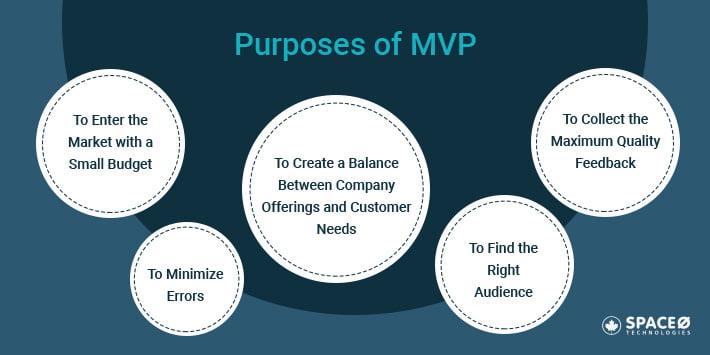
Organizations and software app development companies create a minimum viable product for the following purposes;
To Enter the Market with a Small Budget
MVP (Minimum viable product) is most popular among new entries into the market and it is common to launch a new product which allows having a minimal budget. So even though there’s a failure, they can tackle the different situations by rectifying the problem, errors, weaknesses, and a mistake afterward without having a loss. Most companies launch an MVP instead complete product only to verify the economic viability.
To Find the Right Audience
This is the primary goal of MVP in business. With an aid of the term MVP concept, one can reach the best target by drawing suggestions depending on the knowledge and time. Remember, you are building for your product’s initial users.
To Create a Balance Between Company Offerings and Customer Needs
Eric Ries nicely quotes: “What if we found ourselves building something that nobody wanted?” It’s a nightmare for the company owners, entrepreneurs, and creators. This is exactly why the company is required to build a viable product.
This helps to figure out the needs of customers and encourages the company to establish a fine balance between the offering and the needs, whether by improving the product or by introducing something entirely different.
To Minimize Errors
Another main purpose of MVP ideas for a mobile app or web app in business is basically to test the product theory which eliminates the errors of the agile development iteration at the early stage. It ultimately minimizes the risk and increases the speed of software product development in any situation.
To Collect the Maximum Quality Feedback
Gaining customer feedback is a pivot role for any business, especially when it’s a new business. However, collecting positive feedback always is next to impossible. In a few instances, getting feedback – even negative – can also be a challenge.
Therefore, the companies plan a minimum marketable product as it helps to target a specific group of users and can collect quality feedback and response.
As now you are aware of the main goals of a minimum viable product – the concept by Eric Ries, let’s understand how to create a minimum viable product and what is the process of its minimum viable product development for your business model canvas and lean startup.
How to Build a Minimum Viable Product (MVP)?
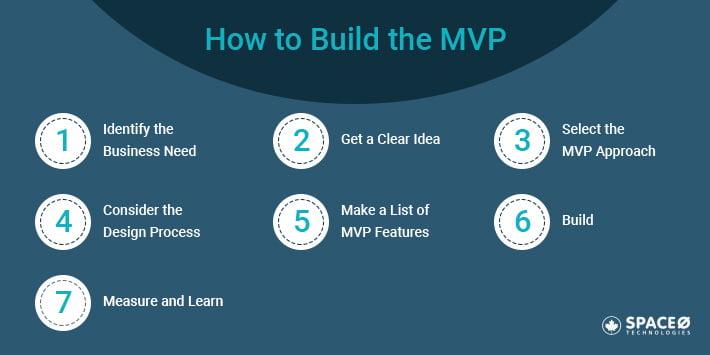
Although the MVP is minimum, the process to build it still needs to be considered. We, at Space-O Technologies, use the following best practices for making a successful minimum-viable product version of a mobile app.
Identify the Business Need
A big explanation businesses struggle is that they are confronted with the issue of having little to no market research for the company they have created. Once a survey based on 101 startups proved that 42% of startups failed due to a lack of market need.
See, if your company is not aware of the interest of targeted groups, and needs, your offerings will satisfy no one. Because it is important to have a compelling value proposition or a compelling event to cause the buyer to commit to the purchase.
Thus, the first and foremost path you consider is to analyze the product hypothesis as much as you can, not only about the customer’s needs but also to learn what your competitors are doing in the market. But this is not an end in a manner.
Once you are aware of new product needs, identify and get a complete understanding of whether the need is long-term or short-term. If it is long-term, what are the success criteria? This will help in taking decisions on which form of mobile product you need to thrive. You can even get in touch with a minimum viable software development consultant to know how to proceed further with the product development
Get a Clear Idea
Getting a clear idea is a crucial thing for any business that helps humans with their solutions. You can follow the below steps to get a clear idea for a successful business.

However, the questions you need to bear in mind such as,
- What benefit will your business offer to its users?
- How do they reap this benefit?
- How are customers with the least effort going to access and purchase your viable product?
- What is the initial estimation of your product?
Outlining all these things should help you get a better picture of creating the agile MVP.
Select the MVP Approach
Once you get a clear idea of your business viable product, now is the time to select the approach you want to carry for the concept of the minimum viable product by Eric Ries. There are multiple approaches to getting done minimum viable product. Below are a few choices in this regard.

No Product MVP or no-code MVP is an approach to validate an idea and to get feedback without actual coding.
It can be implemented in two ways,
- Idea Visualization
It is a way to make use of ad strategies to assess a potentially viable product hypothesis. Also, you do not require building blocks for the representation of concepts in the product hypothesis. This actually offers you an image of what it is, and whether it should be.You may extend this approach by landing page or homepage, smoke tests, media campaigns, polling, videos, articles, newsletter, presentations, voices, ads, etc.
The biggest advantage of visualizing ideas is it takes less time plus it is more cost effective in contrast with another methodology of creating minimum viable products.
- Sell Before You Build
To launch a product for presale before eventually producing is the main purpose of this method. It helps to get proof that your product demand is high and leads to increased investments from contributors.Product Mockup MVP is another approach that helps you to offer a portion of your potential product’s features by mockups. To create new product mockups, there are two ways with a key differences such as.
- Concierge
The MVP concierge by Eric Ries is a minimally viable tool where you direct the customer segment manually to questions by solving them.There is no need to design complex machine learning models to construct viable minimum products. The main intention is to demonstrate how its feature set function, so manual handling would be ideal.One of the greatest use cases of Concierge MVP is Airbnb. They didn’t originally have advanced hardware. They had human operators, that are also known as mechanical Turks. They conducted the job to be completed.
- Wizard of Oz
Another approach by Eric Ries of MVP also known as Flintstone MVP includes replicating core functionalities using manual labor. Oz MVP Wizard is just a sense to manipulate the customers with stories.It includes human and physical labels but the user base may assume the shuffles of behavior are driven by AI. Thus, the minimally viable product provides a similar-to-real user experience.Zappos– an online retail platform was one of the companies that started as a Wizard of Oz MVP. Zappos portrayed itself as a platform that was packed with a large range of pictures of the items that they will deliver.
Single Feature MVP is an approach basically to underline a minimum aspect. Figuring out core functionality is important, but figuring out core functionality that solves at least more than half of the problem of users with less than half of the efforts, is what represents the epic or single feature set MVP.
MLP is the greatest method to delight the customer. It has been termed as a minimum lovable product because it gives a memorable first -time experience to its users.
The basic principle of MLP is to boost viable product quality with an enhanced user interface through many designs, illustrators, and streamline flows.
Bevy – Your Beverage Butler is the best example of a minimum viable product MVP. Though it was MVP, Bevy has attracted thousands of customers with the use of essential functionalities and elements and created a network.
Initially, they only served beverages in certain locations and at a particular period, but later on, they extended their business by selling snacks, from London to England with a vision to discover more territories soon.
Now, all you need to decide is which approach fits best for your business. However, if you are still confused, just decide the approach based on three things i.e,
- Business idea validity,
- Business viability, and
- Available resources.
Just make sure the choices you make should match with the customer’s needs based on the maximum amount of validated learning about customers in terms of maximizing revenue.
- Idea Visualization
Consider the Design Process
After selecting the appropriate approach, company founders and entrepreneurs need to consider the next step to decide on the designs for an app or website. When it comes to design parts, the viewpoint of the customer is important.
Everything needs to be handy and user-friendly. Nonetheless, in order to describe the user flow, the sign up process and method stages need to be defined; and for this, the complete attention should be on the basic tasks.
Make a List of MVP Features
Now, let’s list all set of MVP features you wish to integrate into your app before you start developing MVP. When you are ready with basic features for each center stage, you need to do the following;
- Create a cheat sheet for MVP features
- Prioritize each feature set according to the needs of customers
- Categorize them based on the priority such as high, medium, and low
- Define the scope of each feature according to the target market
- Create an MVP prototype route to see how they will look
- Finalize prototype to build
Important: Let the app’s key feature be the one that is most useful to customers or that has the greatest market interest.
But how to find the key features?
Prioritize your MVP features by understanding your brand’s goal and strategy. Be clear why it is being created and for whom.
In fact, here’s what Dave McClure – Founder of “500 Startups” shares the idea of how to 100% focus on the core features:
- Stop adding new features.
- Try to remove one of the features every week.
- See how users react. If users react negatively, you found your core feature.
- Add the feature back.
- Continue this process of removing features, until you have only core features.
-
Build
If you are settled on the key features and heard about the needs of the business, you are ready to build M-V-P. Also remember, while this is not a finished offer, you still need to meet consumer demands.
So make it simple, engaging, and as customer-friendly, as you can. A lean startup can sign up a project by choosing the technology in a way that best fits their project needs.
Measure and Learn
When the product is ready to offer, it’s time for measurement. The first checking stage, however, is performed by quality assurance engineers who work to increase product consistency before the product release.
Post a new product released, you can further analyze the customer feedback and can improve the quality according to the needs. And test again. Yes.
Quality control is not a one time process as you may think, but a constant process journey. It helps in order to reach the final product into the market with a high reputation.
Want to build an MVP for your business?
Do you have a great idea in mind?

The Business Benefits of MVP
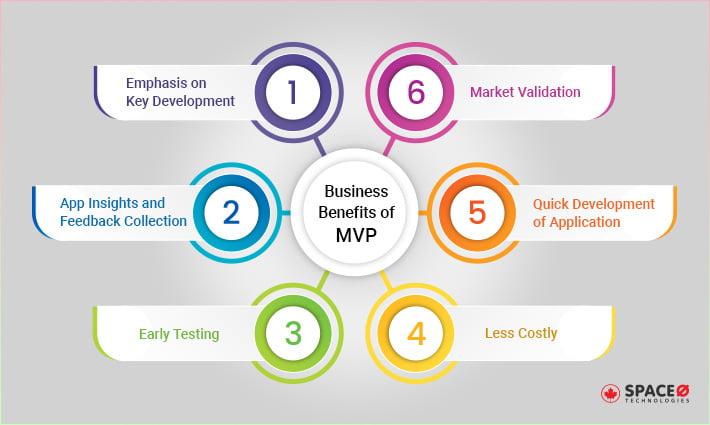
Eric Ries concept minimum viable product software development helps to ignite customer interest but there’s more to it. Let’s enjoy all the benefits one by one. Here are some MVP characteritics.
Emphasis on Key Development
Focus on one idea and exclusions of other functions simultaneously help your business to emphasize on the key development. As the idea comes from the lean startup, it gives the high priority to development with a minimum budget. It helps expand the key component of enterprise application development.
Early Testing
Early testing is a great benefit of MVP app development as it allows you to make assumptions from the outset of how your plan would succeed in the context of without spending the whole budget. So, before developing a full-featured app, you can test MVP version of your idea on your audience.
App Insights and Feedback Collection
Your app allows you to familiarize yourself with user activities through device analytics i.e, insight, and metrics of place, and lets you gain views and responses. Insight also benefits the company further on how to make the final product.
Market Validation
MVP helps to find out if the service and product performance will be perfect for the target group and people or not. It will introduce the users to your brand and prove to them how exclusive your app is to others in their customer segment based on the maximum amount of validated learning.
Quick Development of Application
It takes less time to create the app as it relies on minimal functionality. So rapid development leads to lower costs too. Double win. Even triple wins. As it also helps to release the version of a new updated idea quickly (if you want to incorporate changes) for better user experience.
Less Costly
As we just discussed, fewer features and quick development cost less, but there’s more. An M-V-P helps you to disregard any of those spendings on the types of items that do not function for a while for anything.
These benefits promote MVP product development with a minimum budget.
Want to benefit from operations, early testing, development, and cost reductions?
Create an MVP and get a seamless organizational process today.
What After Building a Successful MVP?
It’s already apparent that after the minimum viable product launch, you collect the maximum amount of user feedback, but you can do a lot more such as,
- Develop the product for No Product MVPs and landing page to kick start your business before someone let you down.
- Promote the product in the market to increase profitability and revenue.
- Improve frequently because people keep changing their preferences according to time and trends. So keep yourself and business up to date.
- Keep testing again and again to release the best version of your product.
It will help you create fresh insights that will form the future iterations of the software focused on consumer experience analysis.
5 Best Minimum Viable Product Examples
Below are prominent examples of mvp that have successfully introduced minimum viable product (MVP). The table typically shows agile MVP examples of how the company launched up and which approach they used.
| Sr. No. | Best MVP examples | How did they launch? | Result |
|---|---|---|---|
| 1. |
| Now it has over 2.6 billion monthly active users. | |
| 2. |
| It is now the 2nd largest social media site after Facebook. | |
| 3. | Amazon |
| It is now the largest E-commerce site in the world. |
| 4. | Groupon |
| Afterward, it built its voucher system and backend. Now it is among the largest e-commerce marketplace. |
| 5. | Dropbox |
| Dropbox received 70K emails address from potential users in a single day. Now it is among the largest cloud storage companies. |
The aforementioned minimum viable product (MVP) use cases should inspire start-ups, developers, and founders to succeed with MVPs and make a big success of their trip.
FAQ About Minimum Viable Product
What does MVP mean in business?
MVP software meaning in business, popularly known as a minimum viable solution is a development technique in which a new product which allows a team to collect feedback, is launched with simple characteristics (minimum viable features) but adequate to draw customer interest.
What is the MVP approach?
The MVP approach is the product hypothesis, completely based on the idea that, by offering limited functionality that early adopters can use, you will have ample consumer value. Then you will gain feedback that helps you to develop a stronger product that can resonate with potential consumers.
What makes a good MVP?
As we have seen definitions by Eric Ries and the popularity of it, a good MVP product is a working and accessible asset. So, this is not a dummy material that has been tested.
So make it simple, engaging, and as customer-friendly, as you can. A lean startup can sign up a project by choosing the technology in a way that best fits their project needs. Several companies struggle on the MVP front instead of reductive thought.
They build unfinished products and sell stories that no one can get away with it. In a nutshell, the minimum features with high value make a good MVP for users.
What is the minimum viable service?
MVS is basically referred to as “to provide the smallest set of services that will allow the customer segment to become a highly productive and referential solution consumer.” A minimally viable service lets you define a service’s minimum response criteria before the digital transition takes effect.
What is the key component of a minimum viable product?
The most pared-down form of a product that can yet be published is a minimally viable product. There are following three key components,
- Collect the maximum amount of value that customers with the least effort are willing to buy.
- Display enough future benefits to retain chances of early adoption.
- It provides a user feedback loop to guide future viable product development and its teams.
How do you create a minimum viable product?
There are simple minimum viable product (MVP) checklist that needs to be followed such as,
- Research the business model canvas needs and customers’ preferences.
- Have an idea for the product based on validated learning about customers.
- Select the method aspect to create a minimum viable product (MVP).
- Make the list of product features and allocate them into a different amount of categories according to the priorities.
- Build the MVP, learn, and improve for everyone in the user base.
How long should it take to build an MVP?
In one survey, 100 mobile app developers showed how long they felt the main components of the Android or iOS device would take to create.
Through analyzing the user data, fact, activities, news and information from the 100 answers, revealed that developing a quality device will take approximately four and a half months.
This assumes that the rear end can be planned in just 10 weeks.
How much should it cost to build an MVP?
It depends on the size of the company typically, however, an MVP maybe anywhere from a good developer will cost $15,000 – $20,000 if you hire a freelancer. For outsourcing internationally, it can cost you up to $5000, depending on the skill level. If you hire minimum viable software development agency, it can cost up to $50,000 concerning their previous success and impact on it.
Conclusion
Creating a minimum viable product agile (MVP) is more about the analysis and strategy rather than development. Enterprise and the company test its theories and refine its ideas through the user base. See, it doesn’t have to be perfect, but just efficient. It also empowers you with the aid of a functioning tool to learn a lot about your customers, without wasting precious time and resources.
All you need to do is define the core features of MVP development and get to know your target audience. So if you have a great MVP business idea, no one can stop you to build a great MVP. Just get the idea on the paper, analyze, and contact an application development firm for your MVP development process.

Want to build an MVP for your business?
Editor's Choice
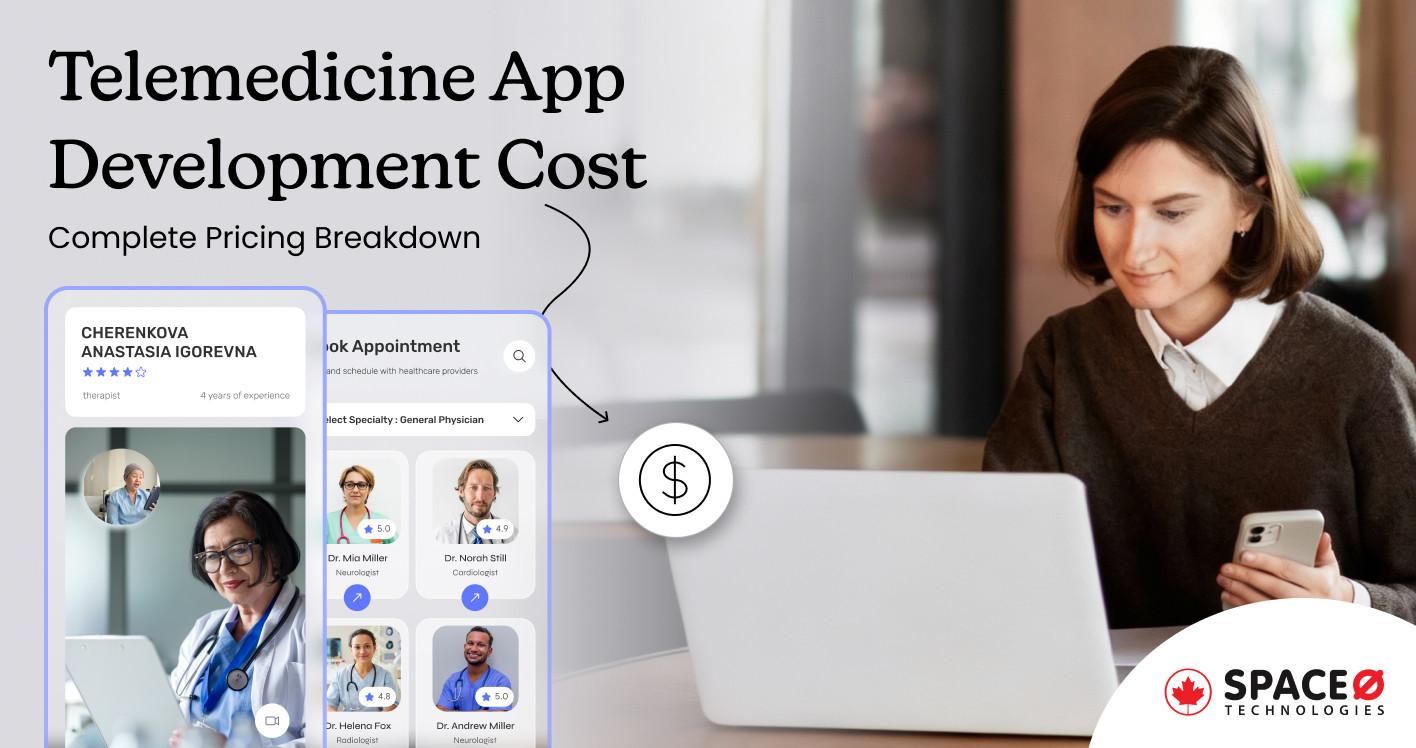
Telemedicine App Development Cost: Complete Pricing Breakdown

Healthcare App Design: A Complete Guide for Building Better Medical Apps
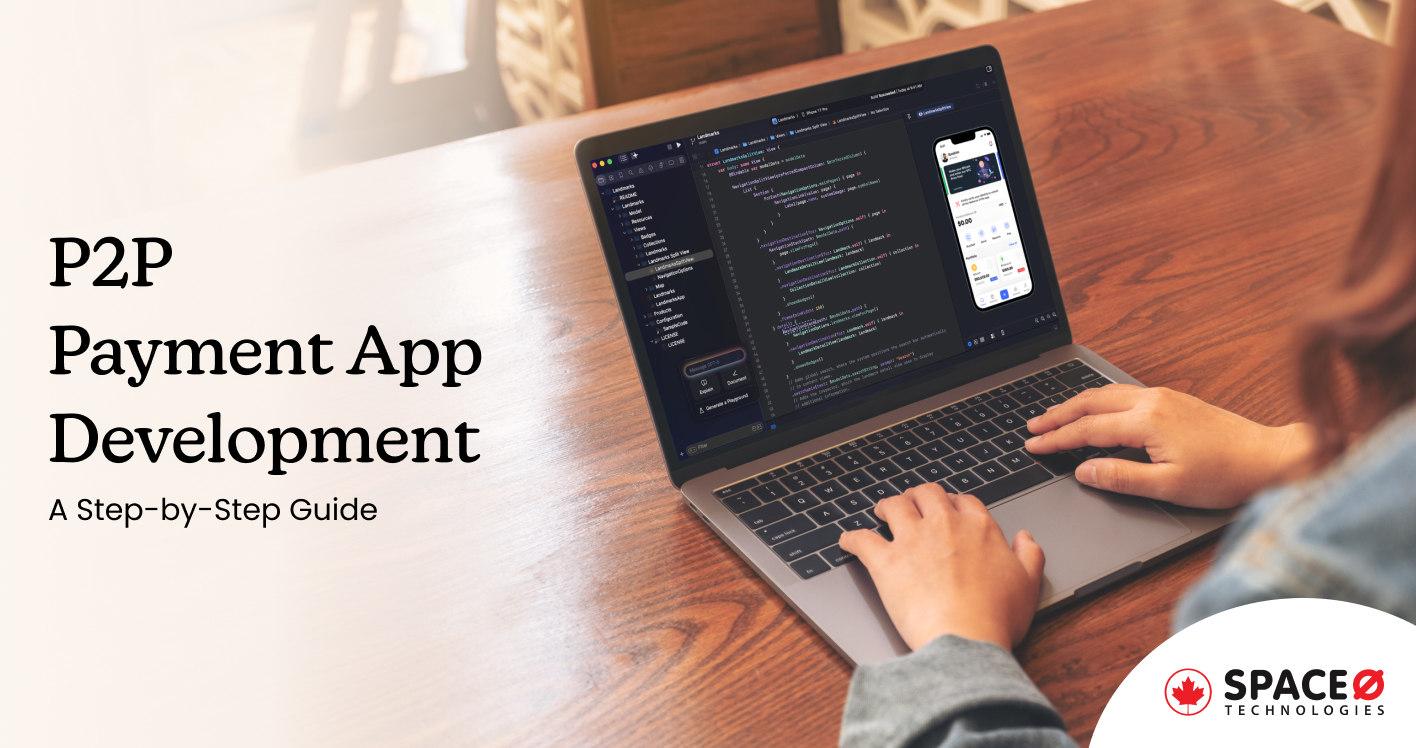
P2P Payment App Development: A Step-by-Step Guide
All our projects are secured by NDA
100% Secure. Zero Spam
*All your data will remain strictly confidential.
Trusted by


Bashar Anabtawi
Canada
“I was mostly happy with the high level of experience and professionalism of the various teams that worked on my project. Not only they clearly understood my exact technical requirements but even suggested better ways in doing them. The Communication tools that were used were excellent and easy. And finally and most importantly, the interaction, follow up and support from the top management was great. Space-O not delivered a high quality product but exceeded my expectations! I would definitely hire them again for future jobs!”

Canada Office
2 County Court Blvd., Suite 400,
Brampton, Ontario L6W 3W8
Phone: +1 (437) 488-7337
Email: sales@spaceo.ca

